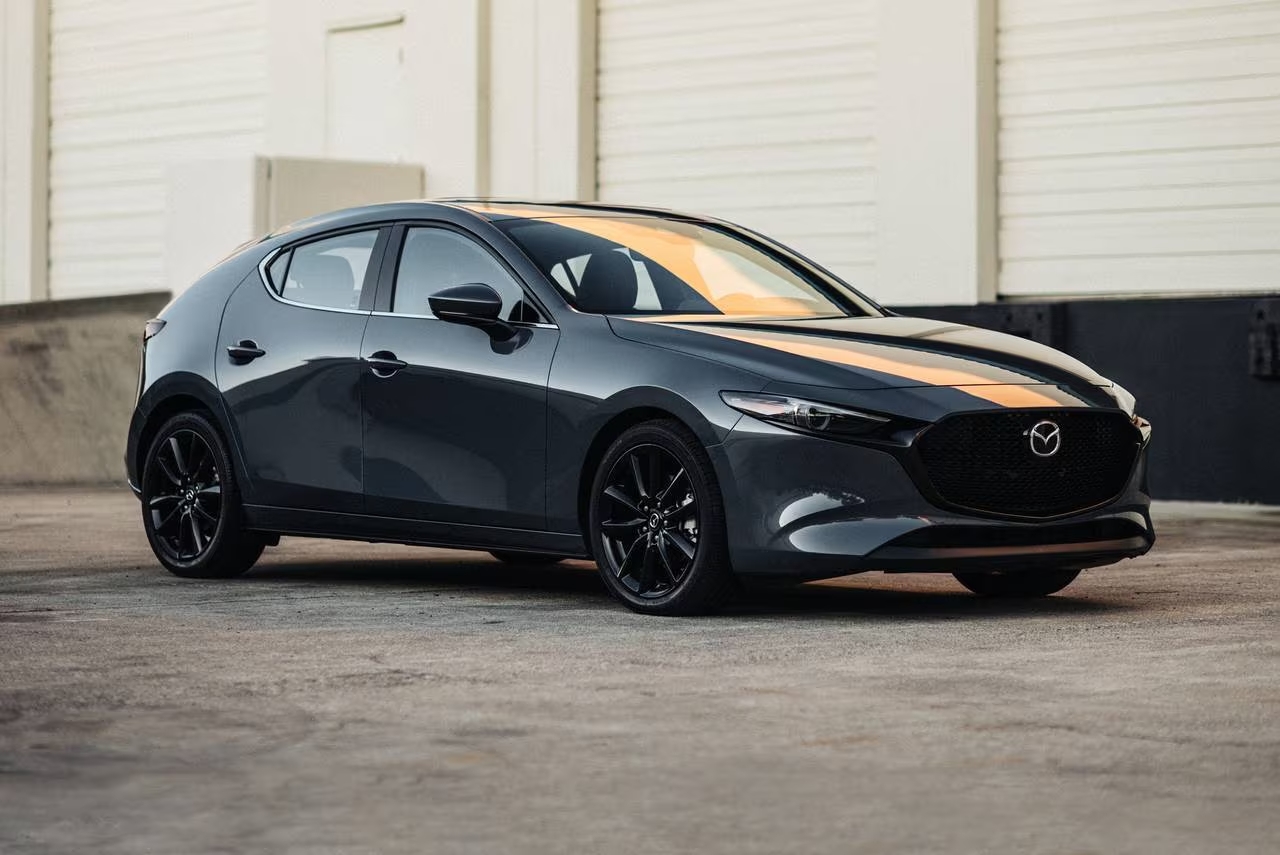Annual or bi-annual vehicle inspections are a source of stress for many drivers, especially those with aging or high-mileage vehicles. These inspections, which can range from basic safety checks to complex emissions testing, are essential for ensuring that vehicles on the road are both environmentally compliant and mechanically sound.
For some, it’s a routine process that ends with a simple sticker on the windshield. For others, it becomes a frustrating (and expensive) ordeal involving multiple repair trips and retests. Whether you’re preparing for an upcoming inspection or considering a used car purchase, knowing which vehicles tend to pass with flying colors—and which tend to falter—can save you considerable time, money, and anxiety.
While every car’s ability to pass inspection depends heavily on maintenance history and how it’s been driven, certain models consistently outperform others when it comes to reliability, durability, and engineering design. Some vehicles seem tailor-made for inspection success: they have robust engines, simple but effective emissions systems, dependable electronics, and suspension setups that hold up well over time.
Others, however, present a litany of potential problems, from chronic check engine lights to worn-out suspension parts and aging emissions controls that no longer do their job. These vehicles might have once been top sellers or highly rated, but age, engineering flaws, or cost-cutting measures have now made them more of a liability than an asset when it comes to passing mandatory inspections.
This guide takes a deep dive into five cars that are highly likely to pass their next inspection—and five that are more likely to fail. The cars that shine during inspections tend to be well-engineered, consistent in performance, and easy to maintain. Their success isn’t necessarily tied to being luxurious or expensive, but rather to their reputation for dependability.
On the other hand, the vehicles that fail are usually those that are either too complex for their own good or those that suffer from poor build quality, rapid component wear, or overly sensitive diagnostic systems that trip false alarms and trigger unnecessary red flags.
It’s important to clarify: this article doesn’t aim to bash any particular brand or car owner. There are certainly well-maintained examples of the “bad” cars on this list that might pass inspections without issue, just as there are neglected “good” cars that could fail spectacularly.
But statistically and anecdotally, these patterns repeat often enough to draw meaningful conclusions. Whether you’re a used car shopper trying to avoid buying a headache or a current owner preparing for your next state-mandated test, this article will help you navigate the complex world of vehicle inspections. Think of it as both a cautionary tale and a roadmap to choosing vehicles that stand the test of time—and scrutiny.
So, buckle up. We’re diving into the best and worst performers when it comes to passing that all-important inspection. This is more than just a checklist of popular or unpopular models—it’s a real-world look at how engineering, maintenance, and reputation collide in the garage bays of inspection centers across the country.
Also Read: 5 Cars That Are Great for Uber Drivers and 5 That Kill Your Earnings
5 Cars That Will Pass the Next Inspection
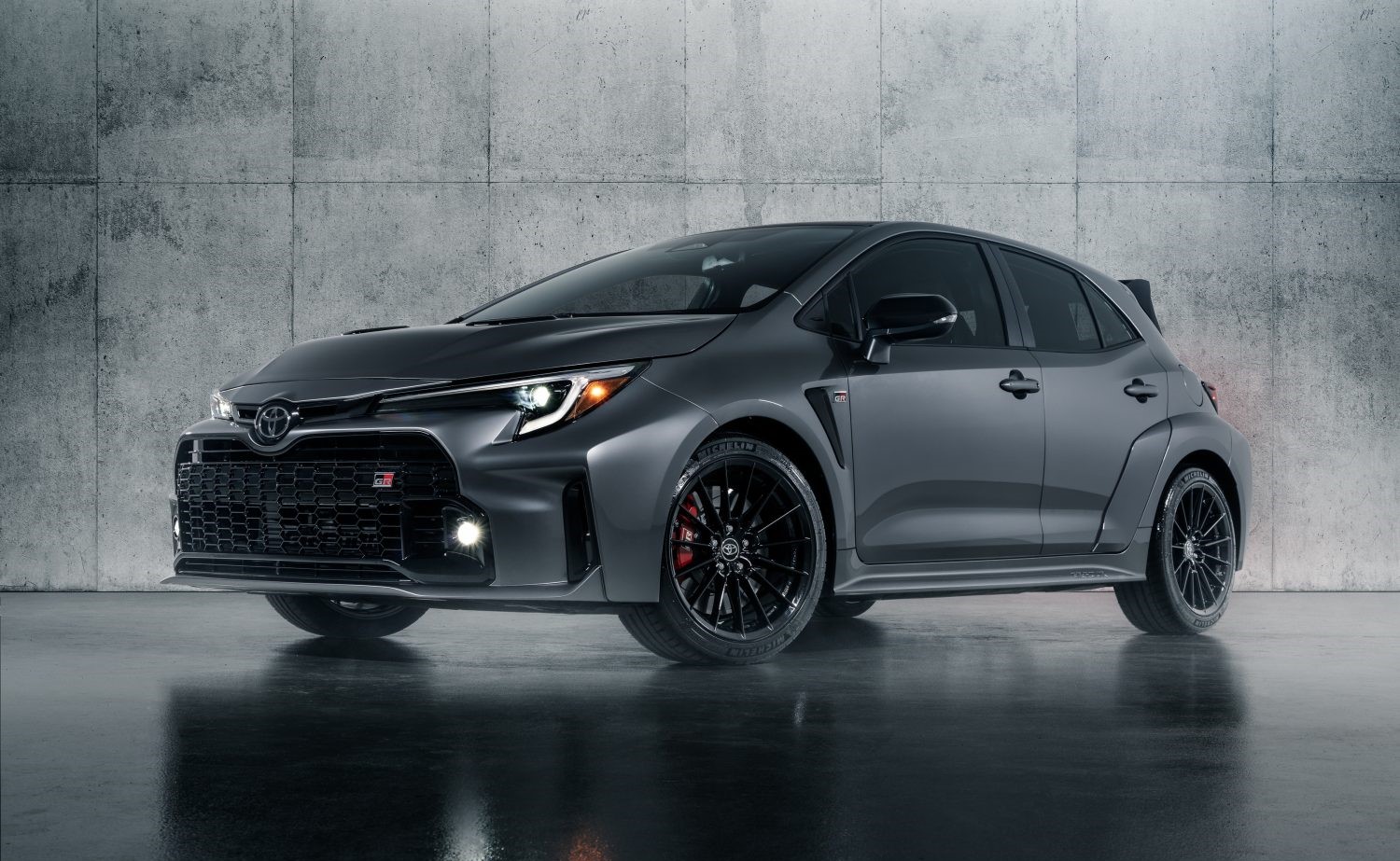
1. Toyota Corolla
The Toyota Corolla has earned its place as one of the most dependable vehicles globally, and that reputation extends directly into how well it performs during inspections. One of the major reasons it consistently passes is its exceptional reliability across powertrain and auxiliary systems. Toyota has mastered the art of simple, efficient engineering.
The Corolla’s naturally aspirated engines are designed to run efficiently under various driving conditions, reducing the likelihood of emission spikes or system irregularities. Unlike turbocharged engines that may wear faster or require more frequent maintenance, the Corolla’s powertrain is less stressed and thus less prone to failure.
As emission standards tighten year after year, the Corolla remains ahead thanks to Toyota’s consistent updates to catalytic converters, fuel injection, and exhaust recirculation technologies. These systems help the Corolla meet or exceed required thresholds during state or provincial inspections.
Another vital component of the Corolla’s inspection success is its braking system, which demonstrates uniform wear and durability. Brake components like rotors, pads, and calipers are engineered for long-term use and can often go tens of thousands of miles without serious degradation, provided routine maintenance is performed.
Inspections frequently focus on the braking system for safety, and cars with poor braking performance or uneven wear often fail. The Corolla’s balanced design and reliable braking system mean it consistently scores well here. Likewise, the suspension setup—often a point of concern in older vehicles—is built for comfort and longevity.
The struts, control arms, and bushings hold up remarkably well even under daily driving stress. This durability ensures smooth performance, fewer vibrations, and overall structural integrity, all of which are scrutinized during vehicle inspections.
Lastly, the Corolla’s electrical systems and onboard diagnostics are a model of clarity and precision. When faults do arise, the check engine light and associated error codes are often accurate and easy to interpret by technicians.
This makes identifying and repairing problems before an inspection straightforward. Furthermore, the car’s headlamps, indicators, and safety lights rarely suffer premature failure, an issue that often trips up older or more temperamental models during inspection. For all these reasons, the Toyota Corolla remains a benchmark for those seeking an easy pass during vehicle inspections and a hassle-free ownership experience.
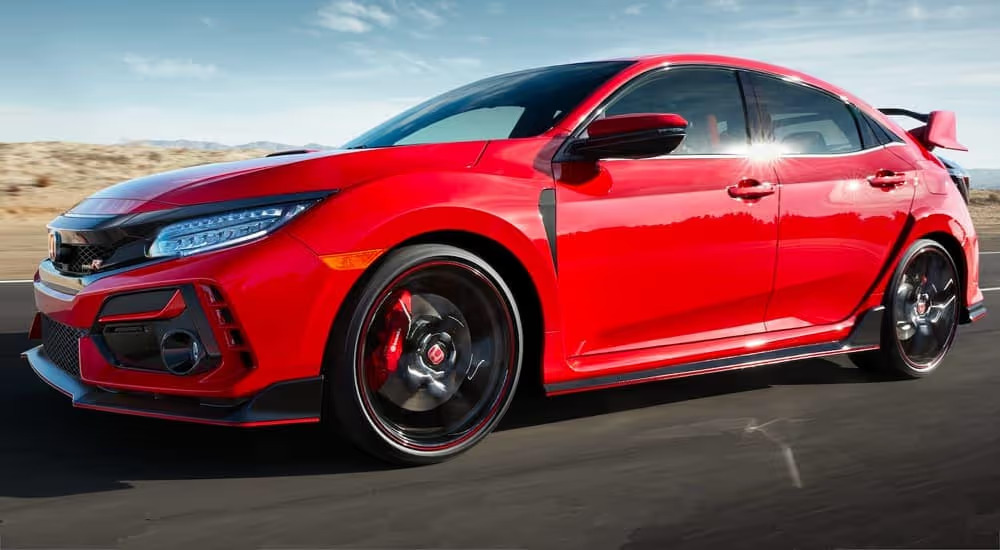
2. Honda Civic
The Honda Civic has built its legacy around practicality, engineering precision, and enduring value, making it one of the top contenders for passing regular vehicle inspections.
The Civic’s engine performance is a major contributor to this reliability. Whether it’s the naturally aspirated or turbocharged variant, Honda ensures that their engines are built with tight tolerances and durable components.
These engines are less likely to develop carbon buildup or sensor failures, which are common reasons for failed emissions tests in other vehicles. The Civic’s intake and fuel systems are highly efficient, delivering consistent combustion that keeps exhaust within permissible limits.
Furthermore, its engine control modules work seamlessly with emissions systems, helping detect and prevent problems well before inspection day. With such meticulous engineering, even higher-mileage Civics tend to emit fewer pollutants and maintain operational efficiency longer than many competitors.
Beyond emissions, the Civic’s safety and mechanical systems are finely tuned to withstand years of use. Its brake system, often equipped with anti-lock braking and electronic brake distribution, maintains strong stopping power while minimizing pad and rotor wear.
In inspections, where brake responsiveness and wear are major checkpoints, the Civic typically excels. Additionally, the car’s suspension system is robust and balanced for urban and highway driving alike, resisting the sagging and uneven wear that often plagues older or cheaply built vehicles.
Inspections also check for unusual noises, vibrations, and steering integrity, and the Civic’s precise handling characteristics contribute to its positive performance in these categories. Many Civic owners report minimal issues even after years of use, a testament to Honda’s engineering foresight and use of quality materials.
Equally important are the Civic’s onboard diagnostics and electronic systems. Honda uses a highly reliable OBD-II system that provides accurate and timely data for technicians. This accuracy helps ensure that any malfunctions, such as faulty oxygen sensors, loose gas caps, or misfires, are addressed long before they can cause a failed inspection.
Lighting systems are another area where the Civic excels. Brake lights, indicators, and headlamps are made with quality components that rarely burn out prematurely. As these are basic but essential checkpoints during any vehicle inspection, the Civic’s resilience in this area boosts its chances of passing with ease. Overall, whether you’re driving a newer Civic or a well-maintained older model, your chances of passing the next inspection are comfortably high.
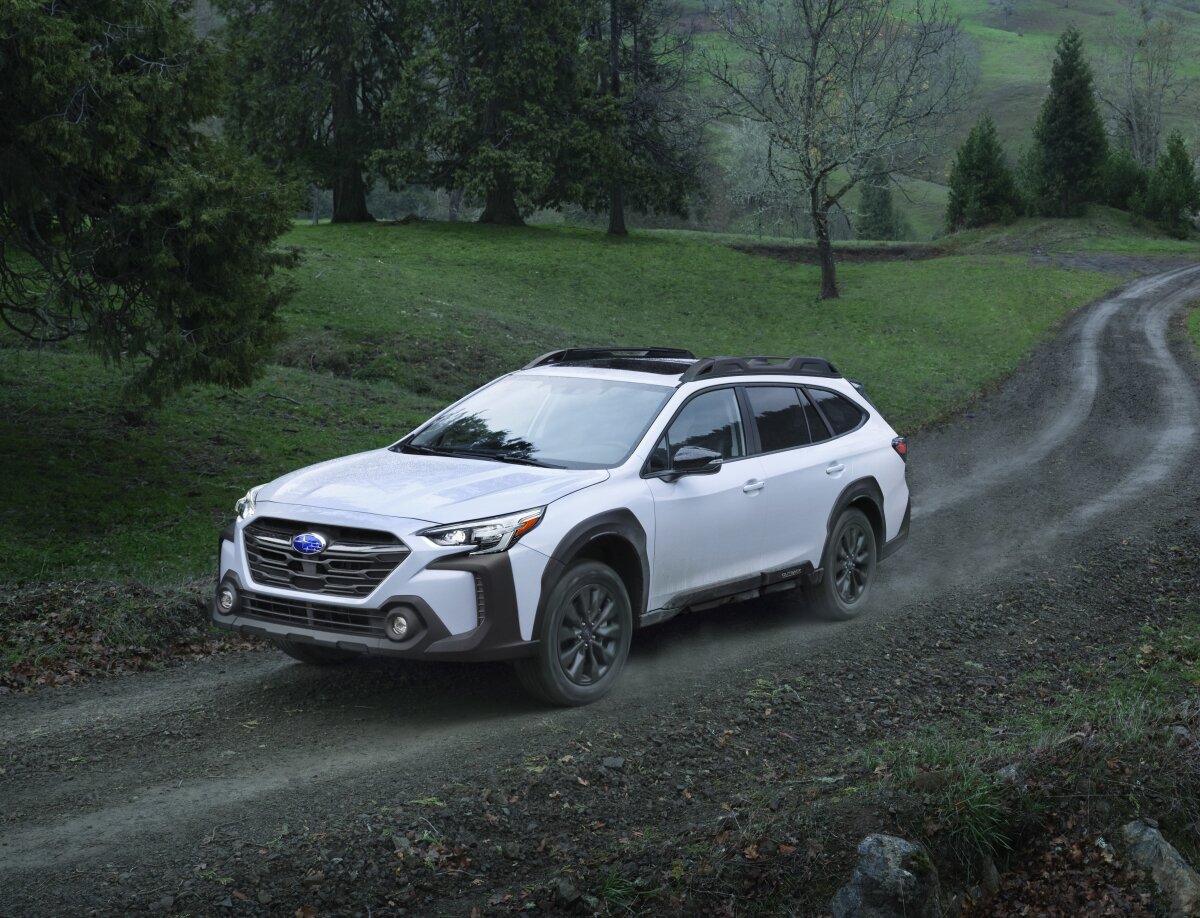
3. Subaru Outback
The Subaru Outback is a standout among midsize crossovers and wagons, not only for its rugged versatility but also for its reliable inspection track record. A major factor in this success is Subaru’s signature boxer engine layout, which helps distribute weight more evenly and reduce stress on the engine’s internal components.
This unique design leads to lower vibrations, more efficient power delivery, and less wear over time—all traits that contribute to a longer-lasting, inspection-ready engine. Emissions tests, one of the main challenges in inspections, are rarely a problem for newer Outbacks, as the vehicle’s symmetrical all-wheel-drive system also promotes efficient fuel usage across all four wheels.
This reduces unnecessary strain and helps the engine burn fuel more cleanly. Additionally, Subaru has heavily invested in advanced catalytic converter technology and electronic emissions monitoring, further supporting the Outback’s strong inspection outcomes.
When it comes to safety, the Outback is engineered to excel. Brakes on the Outback are large, powerful, and highly resistant to fade, which keeps them functioning well over long intervals.
They also work in tandem with Subaru’s advanced driver assistance features, such as automatic emergency braking and adaptive cruise control, all of which require precisely calibrated and well-maintained hardware to function properly.
During inspections, where brake tests and safety system verifications are routine, these features are seen as added value and frequently contribute to a successful outcome. The suspension system, built for light off-road conditions, is robust and unlikely to suffer from premature wear, even under tough driving environments.
Unlike many competitors that suffer from leaky shocks or worn bushings, the Outback’s suspension maintains its integrity well beyond average ownership timelines. Subaru also places significant focus on electronic reliability, another major contributor to its inspection success.
The Outback’s lighting system, including LED headlights, brake lights, and turn signals, is known for lasting longer than industry averages. Inspection technicians routinely check for functionality in these systems, and Subaru’s dependability helps the Outback avoid easy pitfalls like bulb burnouts or sensor glitches.
Its onboard diagnostics system is sophisticated yet user-friendly, alerting drivers to issues early on without overwhelming them with false positives. In areas with stringent safety and emissions testing, the Outback’s layered redundancy and robust design mean owners face fewer surprises during annual checks. With regular maintenance and attention to basic service intervals, the Subaru Outback has a high likelihood of passing inspections smoothly, regardless of driving conditions or mileage.
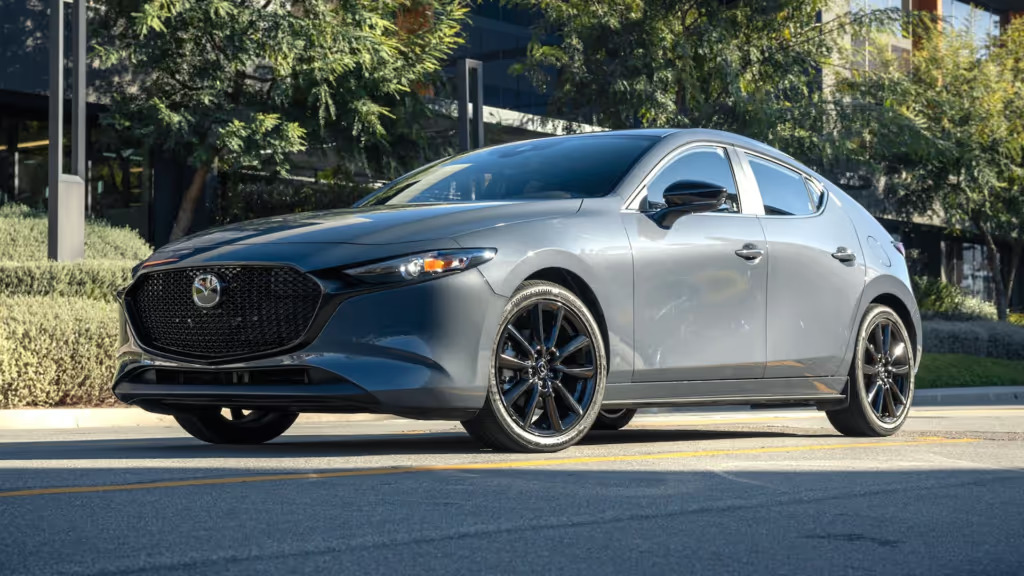
4. Mazda3
The Mazda3 has carved out a strong position in the compact car segment by delivering a perfect balance of style, performance, and reliability. One of its most inspection-friendly features is its powertrain.
Mazda’s Skyactiv engines are engineered to deliver high compression ratios for better thermal efficiency, resulting in cleaner combustion and reduced emissions.
These engines not only provide engaging driving dynamics but are also tuned to meet strict environmental standards without needing the complex after-treatment systems found in other brands. This makes them less likely to encounter emissions-related issues during inspection.
Additionally, the integration of direct fuel injection and improved air intake systems ensures a smooth air-fuel mix, further reducing the chances of misfires or inefficient burning that could lead to inspection failure.
The Mazda3 also boasts impressive durability in its braking and suspension systems, two common failure points in inspections. The vehicle’s brake pads, calipers, and rotors are built with high-quality materials and designed to resist early wear. The car’s relatively light curb weight also means that brakes are under less stress, helping them last longer.
Suspension components, which are frequently tested during inspections for noise, play, and stability, hold up well due to Mazda’s investment in chassis development. The car feels firm and planted even after tens of thousands of miles, meaning inspectors are less likely to find loose parts, worn bushings, or excessive vibration. Even in areas where potholes and rough roads are common, the Mazda3’s suspension remains resilient, a trait that helps it stay roadworthy and inspection-ready.
From an electronics and diagnostics standpoint, the Mazda3 ranks among the more reliable vehicles in its class. The car’s OBD system is responsive and transparent, making it easier for both owners and technicians to detect and address any issues before they escalate into inspection problems. The lighting system, including DRLs, turn signals, and tail lights, is made from long-lasting components and seldom experiences early failures.
That, coupled with Mazda’s reputation for solid build quality and attention to detail, means the Mazda3 rarely falls short in any of the critical inspection categories. Owners who follow a standard maintenance schedule often find themselves passing inspections with little to no preparation, further cementing the Mazda3 as a dependable and inspection-friendly choice.
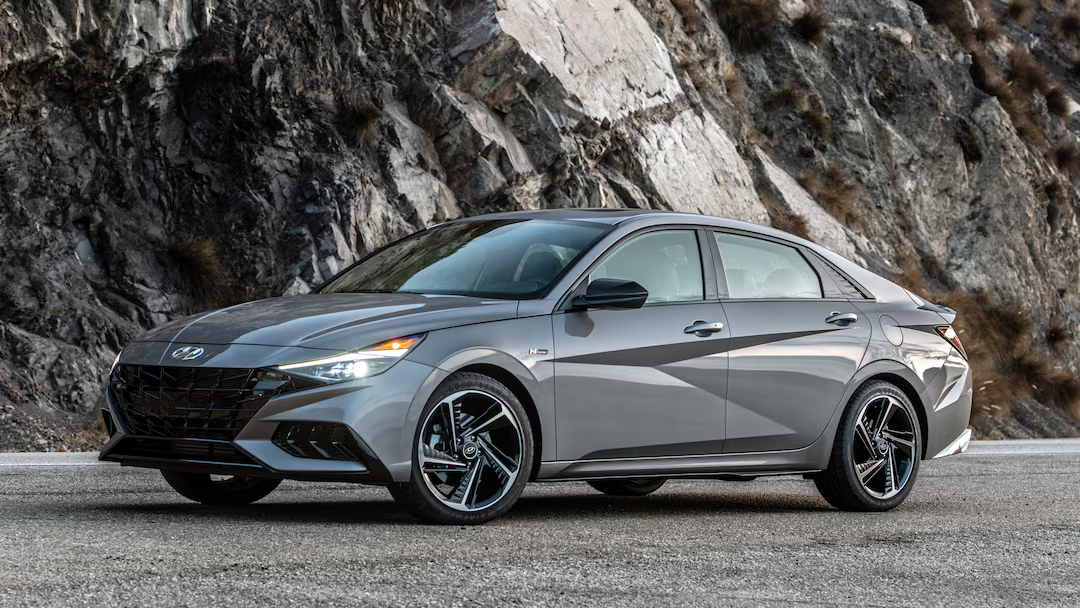
5. Hyundai Elantra
The Hyundai Elantra has undergone a remarkable transformation over the past decade, moving from an economy car stereotype to a highly respected compact sedan known for its innovation, quality, and value.
One of the standout reasons the Elantra frequently passes inspections is its dependable powertrain. Hyundai has refined its engines to run cleaner and more efficiently, especially in models from 2016 onward.
These newer engines include technologies like dual continuously variable valve timing and multi-point fuel injection, which help the car meet strict emissions standards.
Even earlier models tend to run efficiently if they’re regularly maintained, thanks to Hyundai’s use of proven engine designs and high-quality materials. These clean-running engines reduce the risk of failing emissions tests, which are one of the most common inspection failures.
The Elantra’s braking system is also a major strength. Hyundai has prioritized safety in recent years, and the Elantra features a braking system that remains effective even with moderate wear. Inspection stations pay close attention to brake responsiveness and wear levels, and the Elantra typically fares well in both areas.
The suspension system is also well-balanced for comfort and longevity, using components that resist early fatigue or corrosion.
Even in areas with salted roads and harsh winters, Elantras show fewer signs of undercarriage rust or damaged shocks than some of their competitors. These durable features significantly reduce the chances of an inspection failure due to worn-out or unsafe hardware.
Another reason the Elantra performs so well during inspections is its advanced and reliable electronics. Modern Elantras include comprehensive onboard diagnostics that alert drivers to any emerging problems, often well before they become inspection-critical. Even basic models come equipped with durable lighting systems that rarely malfunction.
Hyundai has also improved its build quality over the years, resulting in fewer rattles, misalignments, or electrical quirks that could raise red flags during inspections. In essence, the Elantra offers an ideal combination of mechanical reliability, strong emissions performance, and electronic dependability. For anyone seeking a budget-friendly car that won’t give them headaches come inspection time, the Hyundai Elantra stands out as a top-tier choice.
5 Cars That Won’t Pass the Next Inspection

1. Volkswagen Passat (Older Models)
Older models of the Volkswagen Passat, especially those manufactured between the late 1990s and early 2010s, have a troubling track record when it comes to passing modern inspections. A significant reason for this is the complexity of their engine management systems, combined with the general aging of components.
Many Passats from this era used turbocharged engines, such as the 1.8T or the 2.0T, which are known to suffer from carbon buildup, vacuum leaks, and premature wear of timing components. These issues often manifest as check engine lights triggered by misfires or fuel mixture errors, both of which can result in immediate inspection failure.
Further complicating matters, these engines are notorious for oil leaks from gaskets and seals, which not only reduce reliability but also pose fire and environmental hazards that inspection stations take seriously.
Emissions systems are another critical area where the Passat tends to fall short. Volkswagen’s emissions control strategies in older models are known for being sensitive and fragile. Components like EGR valves, catalytic converters, and oxygen sensors often fail after 100,000 miles, and if they are not replaced with OEM-quality parts, emissions can skyrocket.
The notorious Dieselgate scandal, while not directly impacting gasoline versions of the Passat, has left a legacy of scrutiny on VW’s emission performance, leading to stricter testing and greater awareness from inspectors. Vehicles with partially disabled emissions systems—common when owners attempt DIY fixes—almost always fail emissions tests. And with VW parts and labor often being more expensive than average, many owners delay or ignore necessary repairs, making inspection failure even more likely.
Even beyond engine and emissions systems, the Passat struggles with electrical reliability. Older Passats often develop electrical gremlins in their window regulators, central locking systems, and dashboard electronics. Inspection stations check for working safety lights, airbag readiness, and functioning OBD ports, and any faults in these areas can lead to rejection.
Furthermore, suspension and steering components wear faster than expected, especially in climates with rough roads or winter salt exposure. Control arm bushings, CV joints, and tie rod ends can develop play or leaks, triggering failure under safety inspection protocols. In sum, unless meticulously maintained, older VW Passats are more likely to struggle under modern inspection standards than pass.
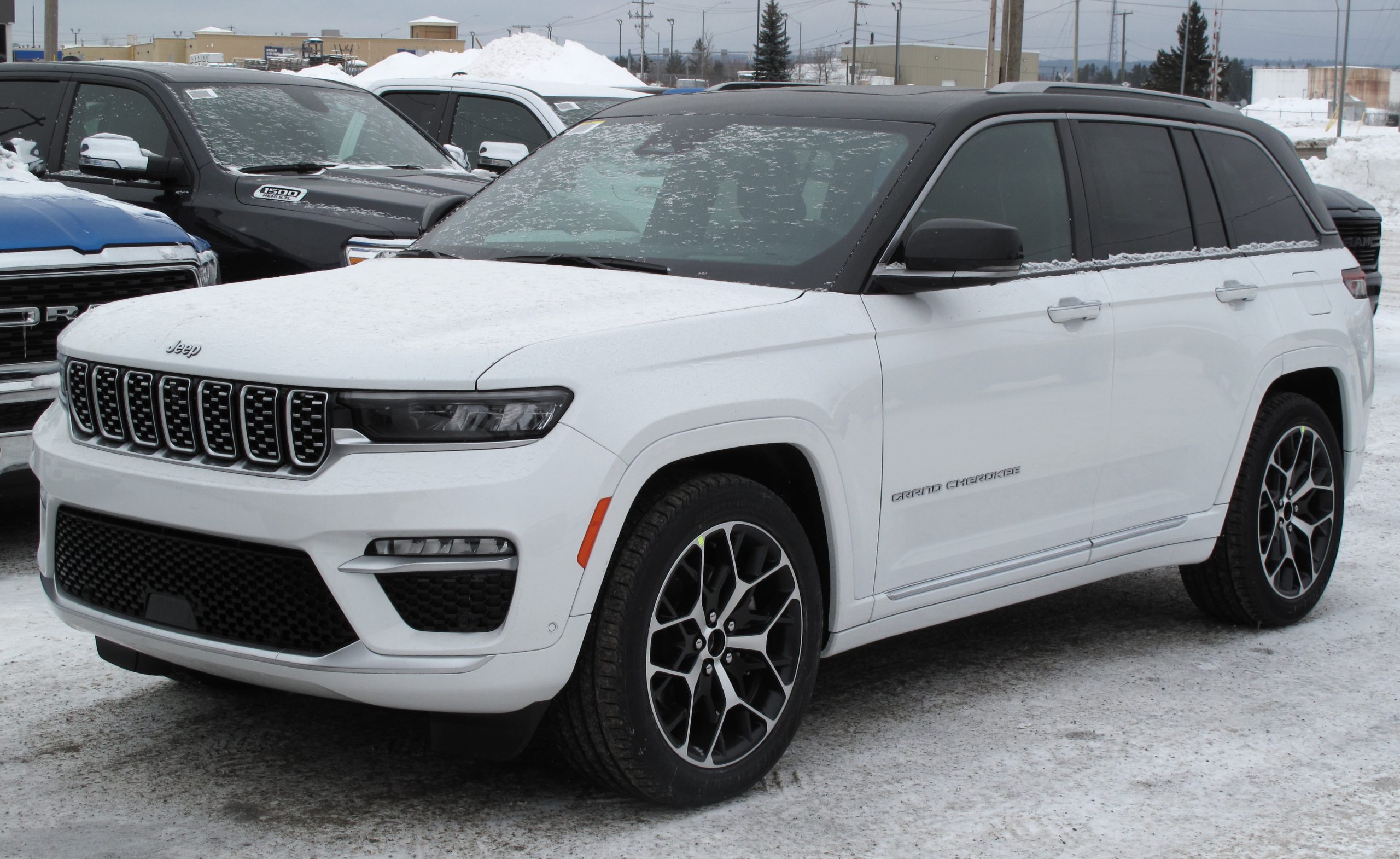
2. Jeep Grand Cherokee (Older Generations)
Older Jeep Grand Cherokees, particularly those produced between the mid-1990s and early 2010s, often struggle to pass inspections due to a combination of heavy-duty drivetrain wear, chronic suspension issues, and emissions problems. These SUVs were engineered with off-road capability in mind, which, while a benefit for utility, comes at a cost to long-term mechanical integrity.
Many owners use these vehicles in rugged environments or for towing, subjecting them to far more stress than the average family sedan. This wear and tear can cause extensive damage to drive shafts, differentials, and suspension components. By the time these vehicles are due for inspection, it’s not uncommon to find worn-out control arms, leaky ball joints, or damaged tie rods—all of which can easily cause failure during a safety evaluation.
One of the major red flags during inspection is engine-related trouble codes and high emissions output. Jeep’s older powertrains, such as the 4.0L inline-six or the 5.7L HEMI V8, are robust but not particularly fuel-efficient or clean-burning by modern standards.
These engines often develop exhaust leaks, inefficient combustion, or clogged catalytic converters over time. The oxygen sensors and EGR valves in older Grand Cherokees tend to wear out without throwing clear diagnostic codes until it’s too late, causing a spike in NOx or CO emissions during testing. Add to that the notorious unreliability of the check engine light in some models (which can be stuck on even after repairs), and it’s easy to see why these vehicles often get flagged in emissions testing stations.
In addition to mechanical issues, electronics and body control systems in the Grand Cherokee have historically been a source of frustration. Owners frequently report problems with dashboard illumination, ABS sensor failures, and malfunctioning brake lights—all of which are tested during inspection. The older Uconnect system in some trims is also prone to glitches, affecting not only the user experience but system alerts and vehicle monitoring as well.
Rust in the undercarriage, especially around the suspension mounting points and brake lines, is another recurring issue in northern climates, and inspectors are trained to fail vehicles with even small compromises to structural integrity. Overall, unless these Jeeps are pampered and preemptively maintained, they face an uphill battle when it’s time for inspection.
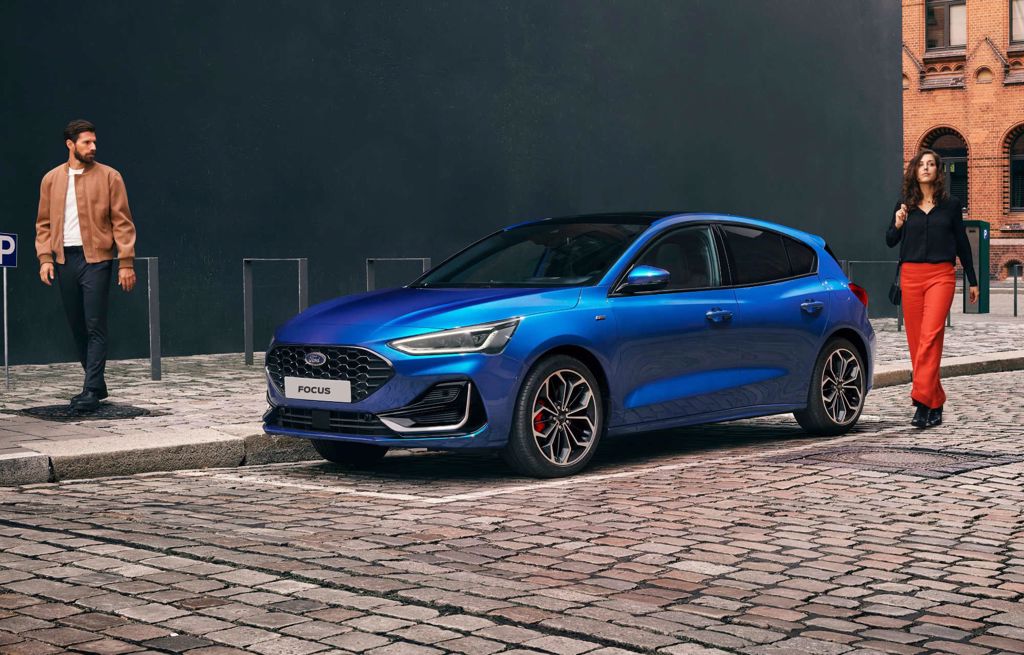
3. Ford Focus (First Generation)
The first-generation Ford Focus, released between 1998 and 2007 in various global markets, quickly gained popularity as an affordable, compact vehicle. However, as these vehicles age, their track record for passing inspections deteriorates sharply. One of the most consistent problems is related to the suspension system.
Early Focus models are particularly susceptible to wear in front struts, control arm bushings, and sway bar links. Over time, these parts degrade and produce clunks, squeaks, or loose steering feel—issues that inspection centers take seriously under safety testing. In colder regions, rust becomes an additional concern, especially in the suspension mounts and subframes, both of which are critical to a vehicle’s safety integrity and a common failure point during inspections.
Under the hood, the early Ford Focus engines are not without their share of inspection problems. These cars came with basic engine management systems that are now outdated by modern standards. The vehicle’s EGR systems, throttle bodies, and ignition coils often develop faults that lead to increased emissions and rough idling.
As the miles add up, oxygen sensors begin to fail, and catalytic converters can become clogged, especially in models that were not maintained with regular oil changes and air filter replacements. Combined with early-stage oil leaks from the valve cover or oil pan gasket, these issues can create a cocktail of emission failures during inspection, and fixing them can cost more than the vehicle is worth.
On the electronics front, the Focus is not much better. Owners often deal with malfunctioning dashboard lights, intermittent ABS warnings, and faulty lighting circuits. These electrical faults, while sometimes minor in daily driving, become major red flags during a vehicle inspection.
The onboard diagnostics systems in the first-gen Focus are also prone to communication errors with modern OBD-II readers, making it difficult for inspectors to verify emissions data even if the engine appears to be running smoothly.
With such a high potential for safety and emissions faults, combined with the low residual value of the vehicle, many Focus owners find that repairs to pass inspection are simply not economically feasible, leading to the vehicle being scrapped or sold for parts instead.
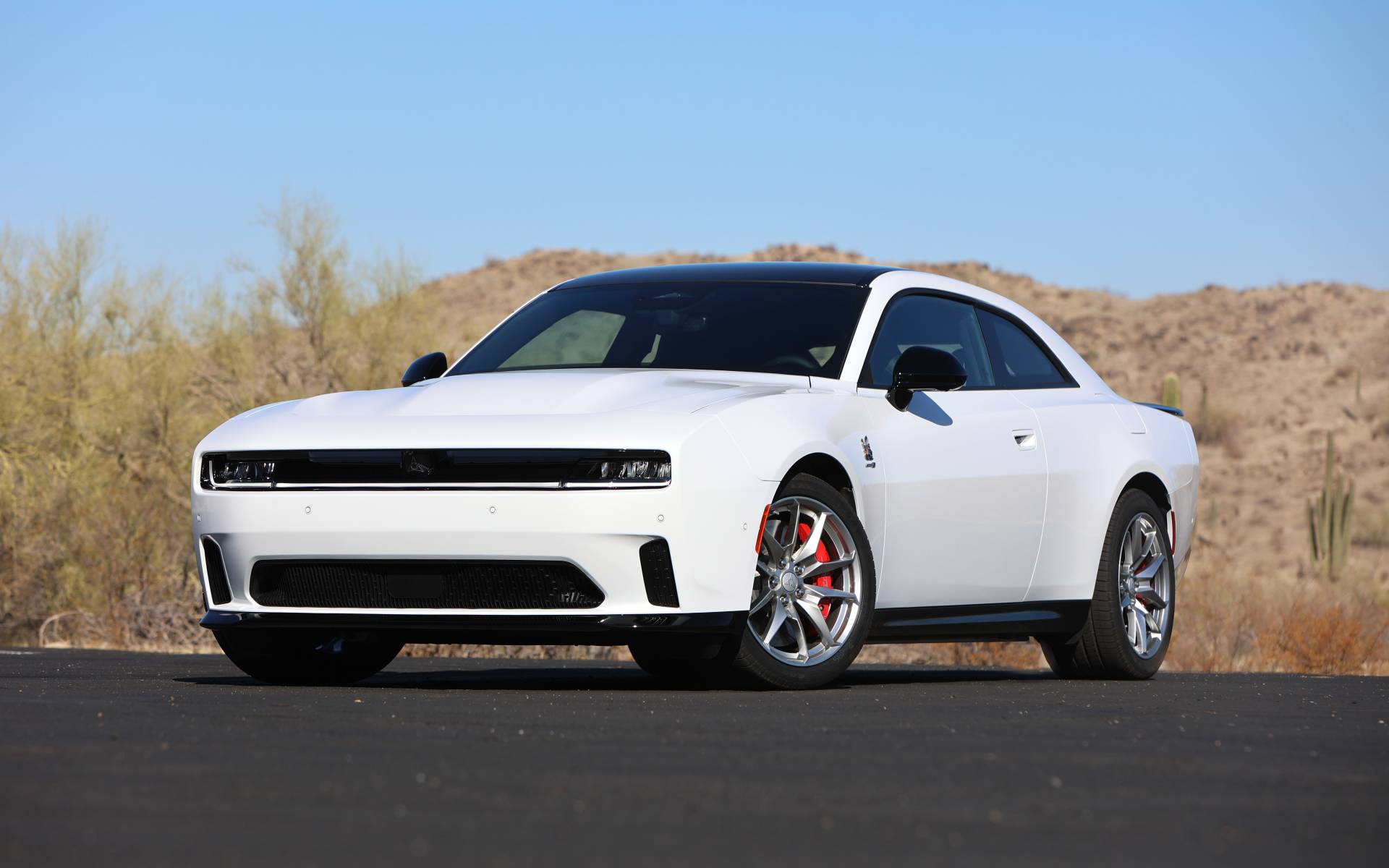
4. Dodge Charger (Older Models)
The Dodge Charger, especially models produced between 2006 and 2012, is a bold, powerful car with strong street presence, but it often falters when faced with modern inspection standards. The V6 and V8 engines, while delivering impressive performance, are susceptible to a range of problems that manifest during emissions and safety tests.
For instance, the 5.7L HEMI engine has a history of lifter failure, camshaft wear, and MDS (multi-displacement system) problems that trigger check engine lights and reduce engine efficiency. Emission control components like catalytic converters and EGR valves are also known to fail prematurely, especially on Chargers that have been driven aggressively. All these issues contribute to high hydrocarbon or NOx readings, which are an automatic inspection failure in many states.
The braking and suspension systems on older Chargers are another concern. These are heavy vehicles, and as such, their brake rotors, pads, and calipers are under constant strain. Premature rotor warping and uneven pad wear are common, and if not addressed, they affect stopping distances and pedal feel—two major points on any safety inspection.
Similarly, the rear-wheel-drive setup puts extra stress on control arms and bushings, leading to clunking sounds or excessive wheel play. These signs of wear are easy for an inspector to detect and will usually result in a fail unless thoroughly repaired. Even then, poor quality aftermarket parts or incorrect installations can trigger another round of failures.
Older Chargers also experience problems with electrical reliability. The TIPM (Totally Integrated Power Module), which controls many of the car’s functions, is notoriously failure-prone and can cause issues ranging from non-functioning headlights and windows to unpredictable stalling.
Additionally, the OBD-II system can be temperamental, giving inconsistent codes or failing to communicate properly with inspection systems. As these issues often go unresolved due to high repair costs, owners of aging Chargers find themselves faced with the prospect of pouring money into a vehicle that may still not meet inspection standards. Unless proactively maintained, these vehicles are a frequent source of inspection-related headaches.
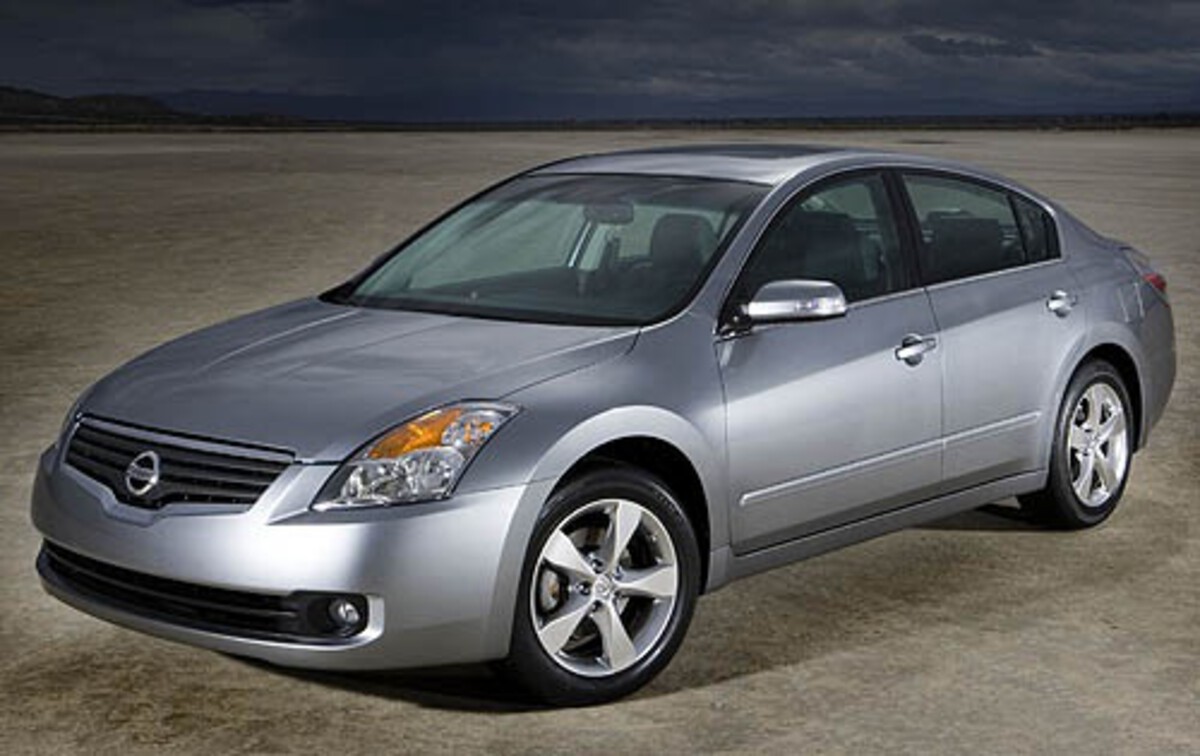
5. Nissan Altima (Early 2000s Models)
The Nissan Altima models from the early 2000s—particularly those built between 2002 and 2006—have several critical flaws that make them poor candidates for passing modern inspections. One of the most significant issues is engine reliability. These Altimas often suffer from premature catalytic converter failure, excessive oil consumption, and failed oxygen sensors, all of which contribute to high emissions readings.
The 2.5L four-cylinder engine in particular is known to burn oil at an alarming rate after just 100,000 miles, which leads to smoky exhaust, fouled spark plugs, and clogged converters. Emission tests often detect elevated levels of hydrocarbons and carbon monoxide, automatically disqualifying the vehicle unless major repairs are done.
In terms of structural and mechanical integrity, early 2000s Altimas suffer from a variety of problems that are easily flagged during inspection. The suspension systems tend to wear quickly, particularly in the strut mounts and control arms, which develop play or begin to rust out.
This is especially prevalent in regions that use road salt in winter. Brake systems also show premature wear, with rotors warping and pads wearing unevenly—both of which affect braking performance and are critical components of the inspection process. Further compounding this is a tendency for early Altimas to develop steering issues, including loose tie rods or leaking power steering systems, any of which will show up during the physical safety check.
Additionally, early Altimas are plagued by electrical and diagnostic issues that further complicate their ability to pass inspection. Dash lights often fail, check engine lights remain on despite repairs, and body control modules become unreliable.
These problems can prevent even a relatively well-maintained Altima from passing an inspection simply because inspectors can’t trust the systems to give accurate diagnostics. In some cases, owners report that even after spending considerable money on repairs, the vehicle fails again due to new, unrelated issues cropping up. The result is a vehicle that, while inexpensive to buy, can be a financial liability when it comes time for mandatory inspections.
Also Read: 5 Cars That Sound Cheap But Last Forever and 5 That Sound Fancy But Fail
At the end of the day, a vehicle’s ability to pass inspection is about far more than its brand name or how good it looks in your driveway. It’s a reflection of sound engineering, quality manufacturing, and—perhaps most critically—how well the car has aged over time.
Cars that pass inspections consistently tend to share a common set of characteristics: reliable engines that burn cleanly, resilient suspension and braking components, and electronic systems that communicate clearly and accurately. They don’t just survive wear and tear; they’re designed to withstand it. When you drive a car that fits this mold, the inspection process becomes just another routine part of ownership, not a dreaded visit to the mechanic.
The vehicles that fail inspections, meanwhile, often suffer from a troubling blend of aging parts, neglected maintenance, and inherent design flaws. Whether it’s chronic electrical issues, worn suspension components, or outdated emissions systems, these weaknesses come to light when a trained inspector gives your car a hard look.
It’s not necessarily the driver’s fault—many of these problems are baked into the vehicle’s DNA. Still, it falls on the owner to manage the wear and try to stay ahead of the curve. Unfortunately, with certain vehicles, even the most attentive care may not be enough to consistently pass inspection once the miles start adding up.
That said, there’s a critical takeaway from all this: owning a vehicle that’s more likely to pass inspection doesn’t just mean fewer headaches—it often means lower ownership costs overall. Repairs for worn-out bushings, faulty sensors, and emissions-related components add up quickly.
Inspections act as a barometer of future reliability; if your car fails now, it’s likely giving you a preview of what’s ahead. Conversely, vehicles that pass with ease are often the ones that keep running strong with minimal intervention. They’re not only safer and cleaner, but they also provide peace of mind.
This doesn’t mean you need to rush out and trade in your vehicle if it made the “won’t pass” list. Many of those models can still provide good service with proactive maintenance, quality parts, and a reliable mechanic. The difference is, you’ll need to stay vigilant, plan for inspections, and be prepared for surprises.
If you’re buying a used vehicle, however, the insights from this list should weigh heavily into your decision. The cost of a slightly more expensive, but more inspection-friendly car, often pays off in reduced stress and long-term expenses.
Ultimately, vehicle inspections are a reminder that cars are more than just tools for transportation—they’re machines that demand care, attention, and a little foresight. Whether you’re a cautious planner or a last-minute problem-solver, knowing which cars tend to pass or fail can shape your entire ownership experience.
Choose wisely, maintain diligently, and you can make inspection day just another easy checkmark on your calendar, rather than a financial gamble.

